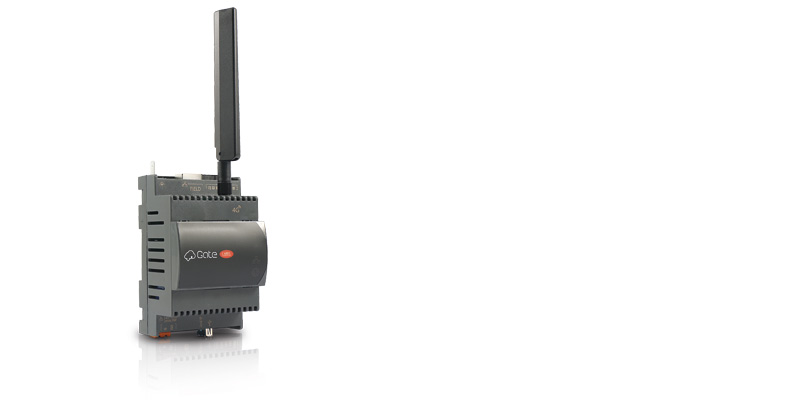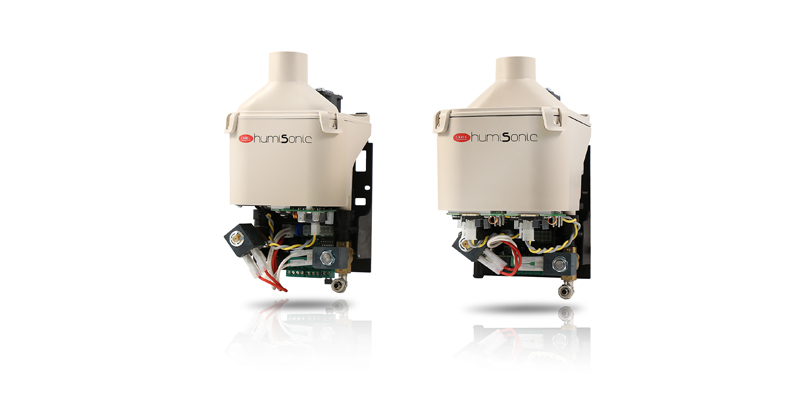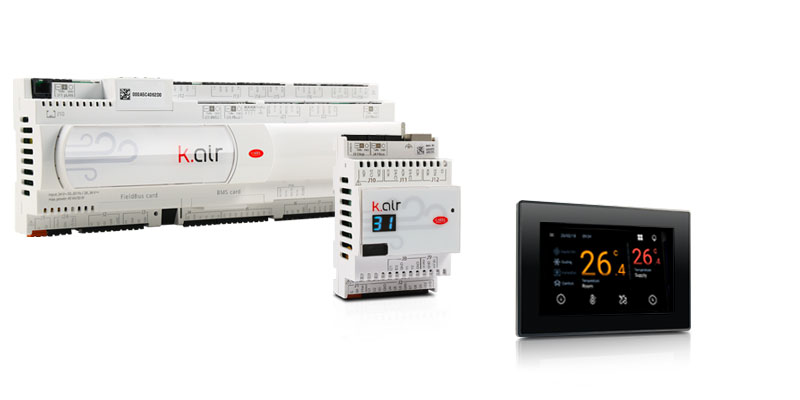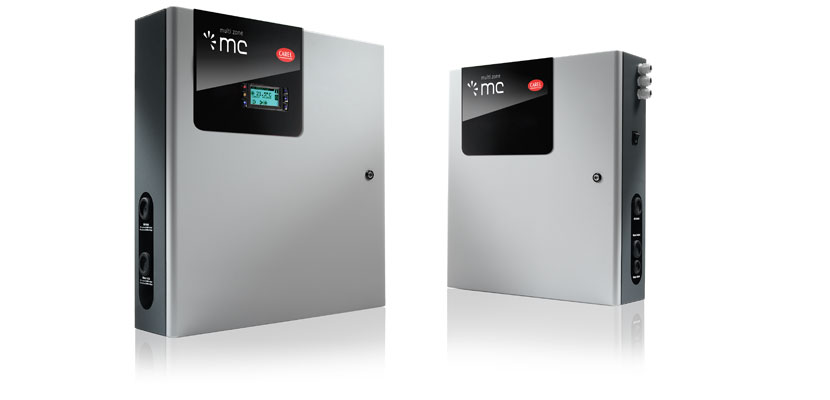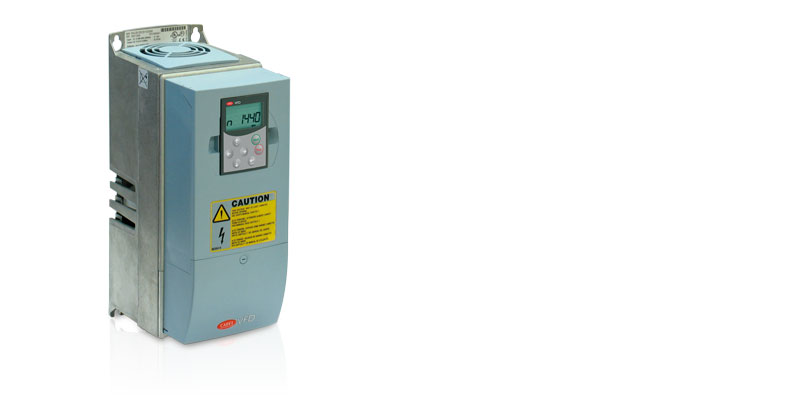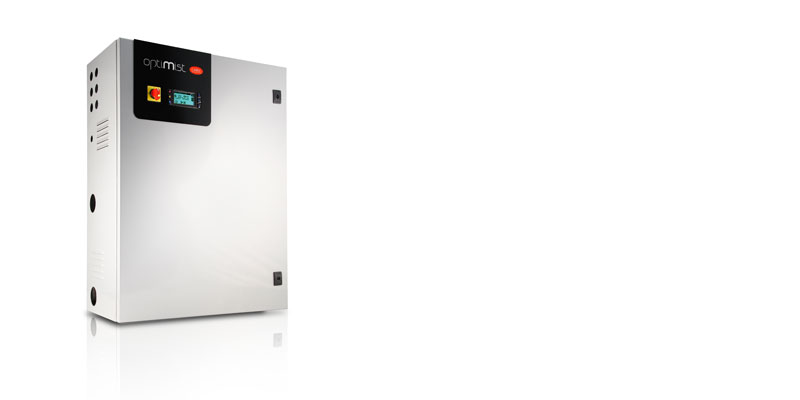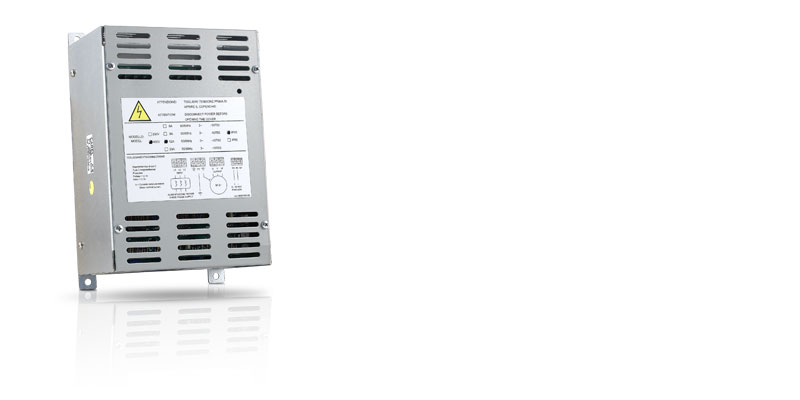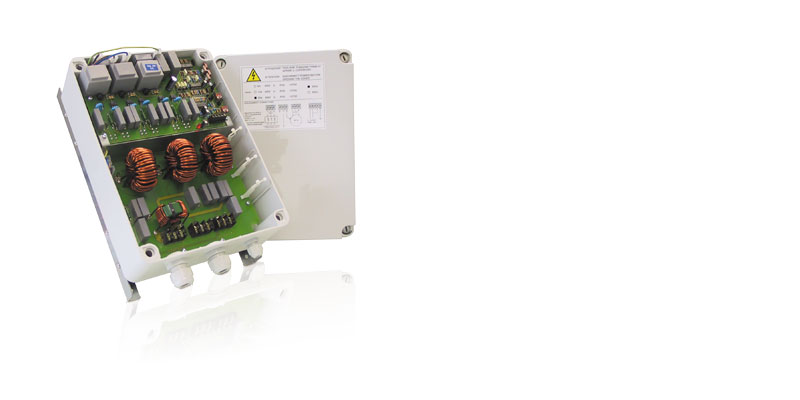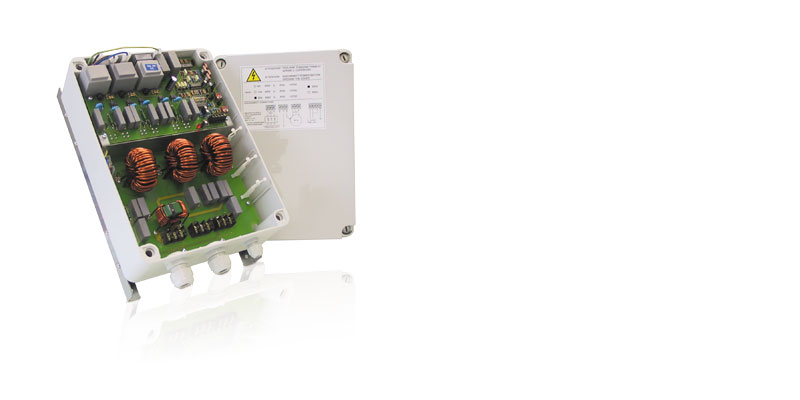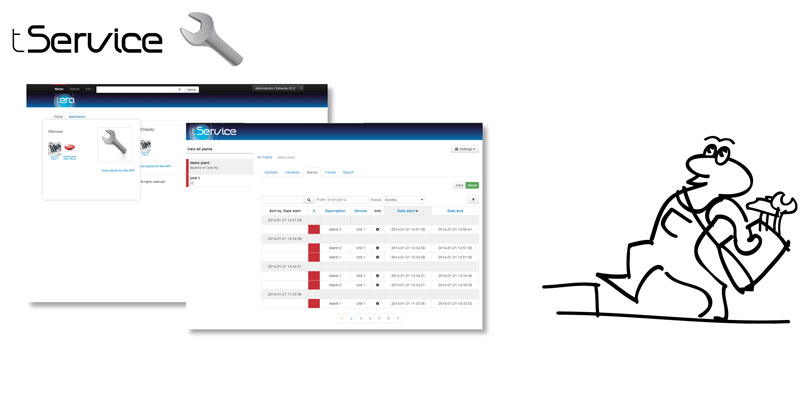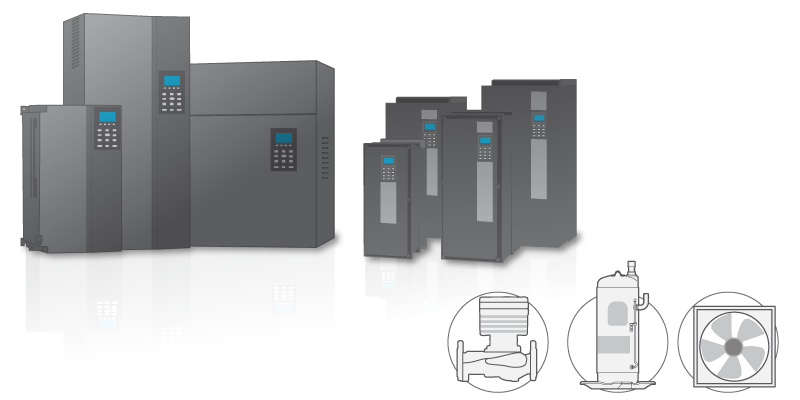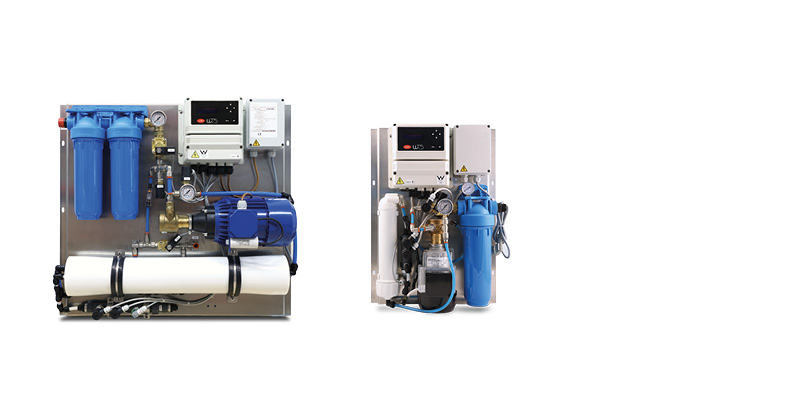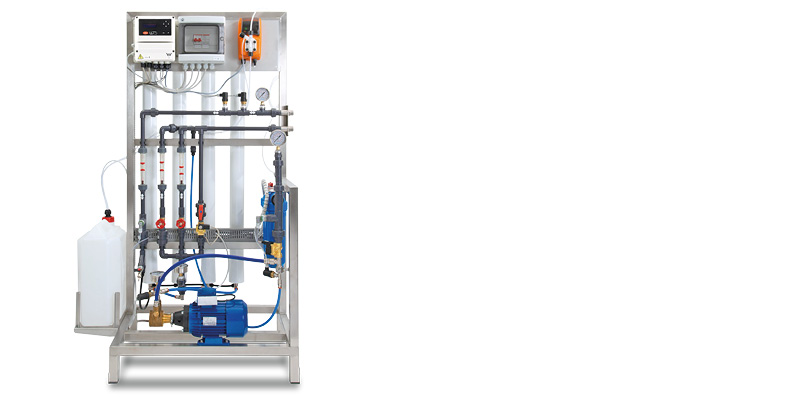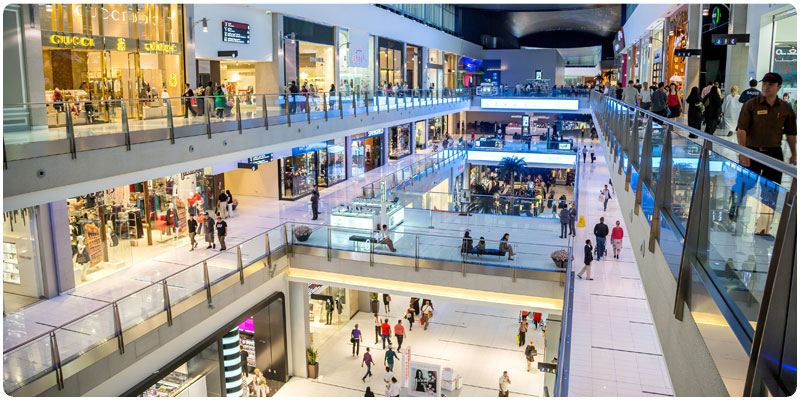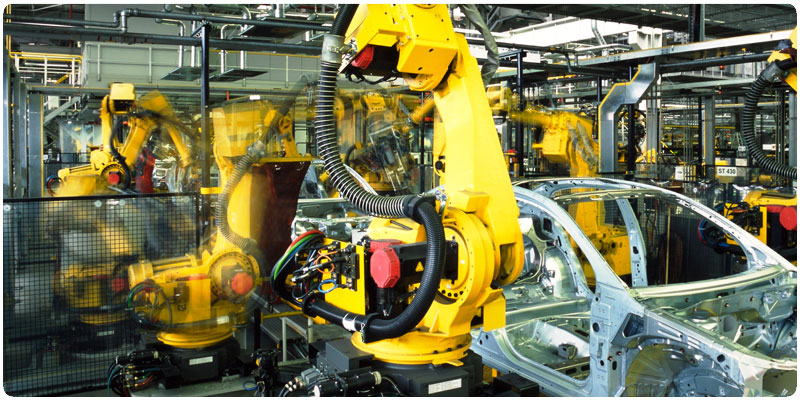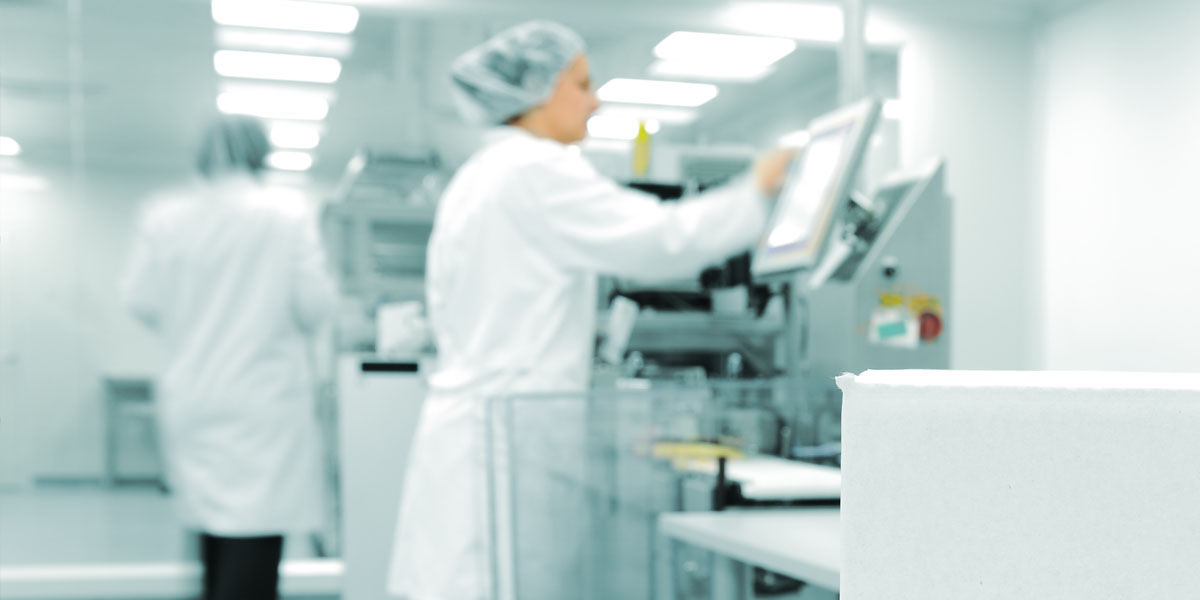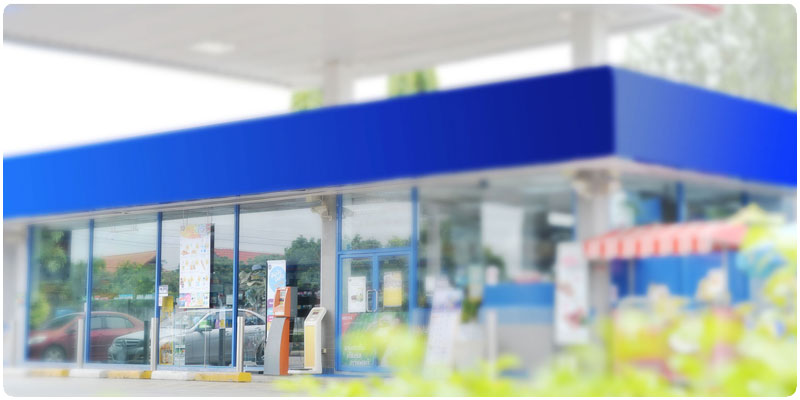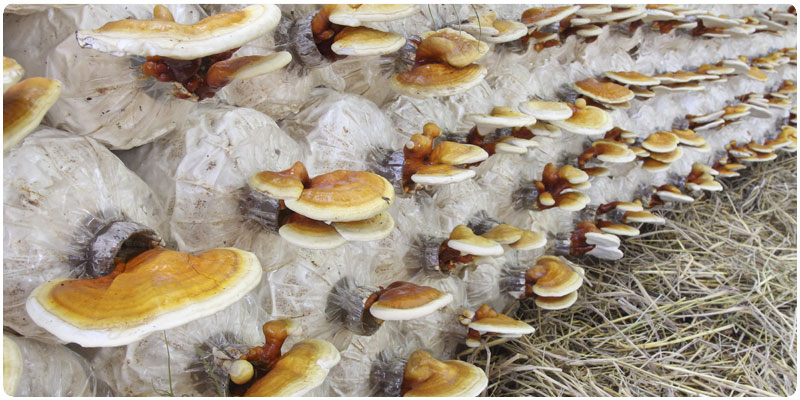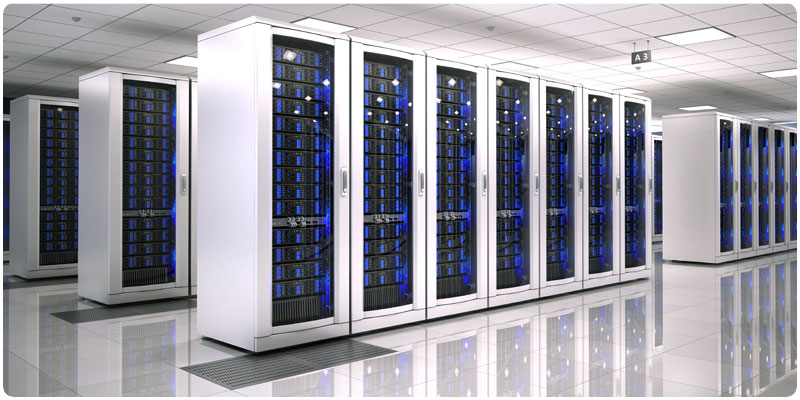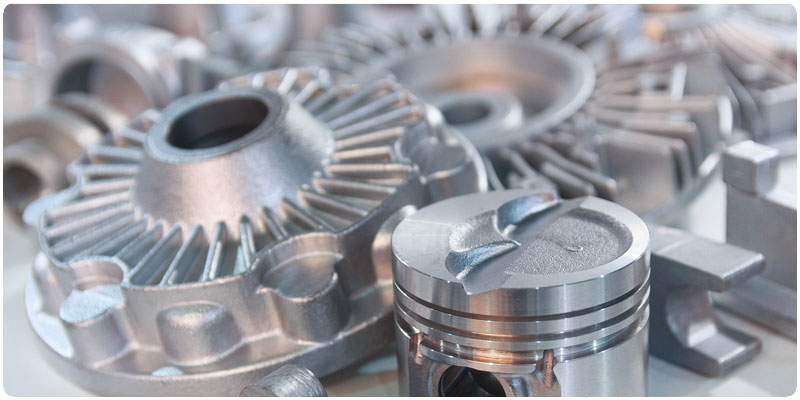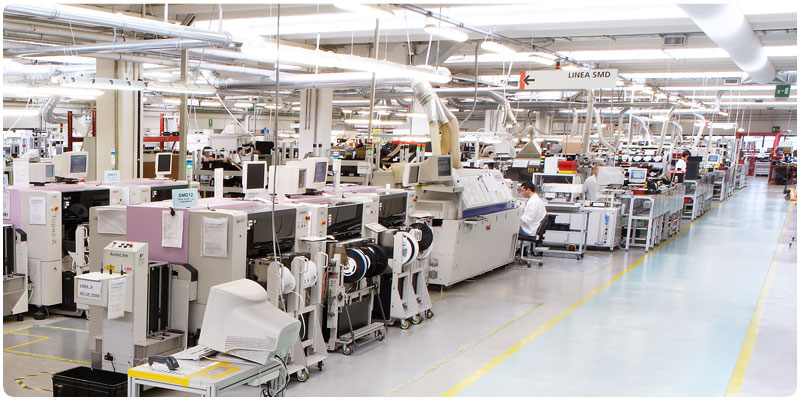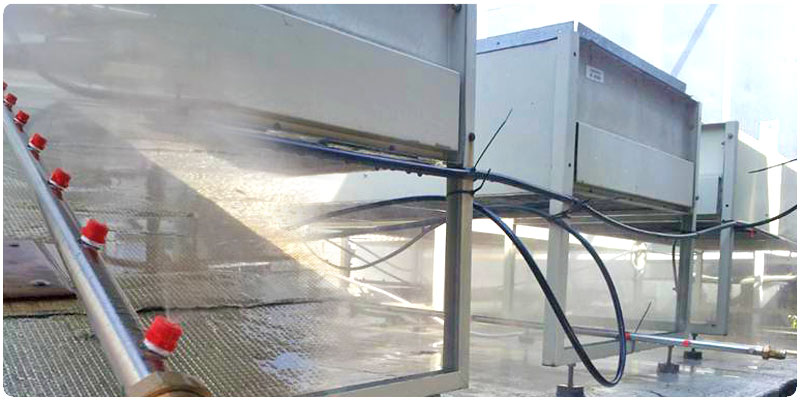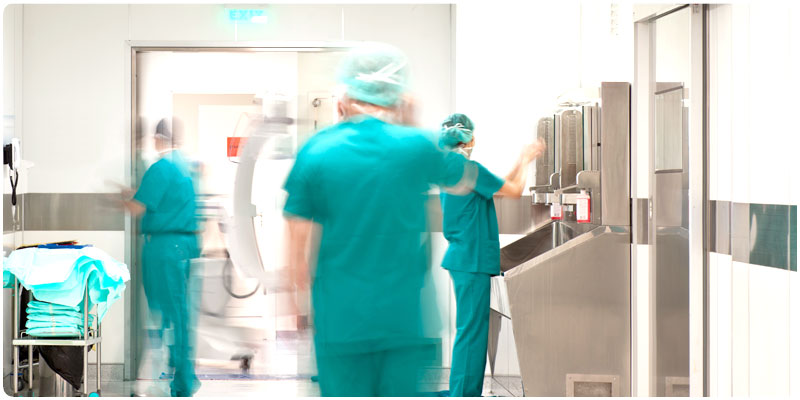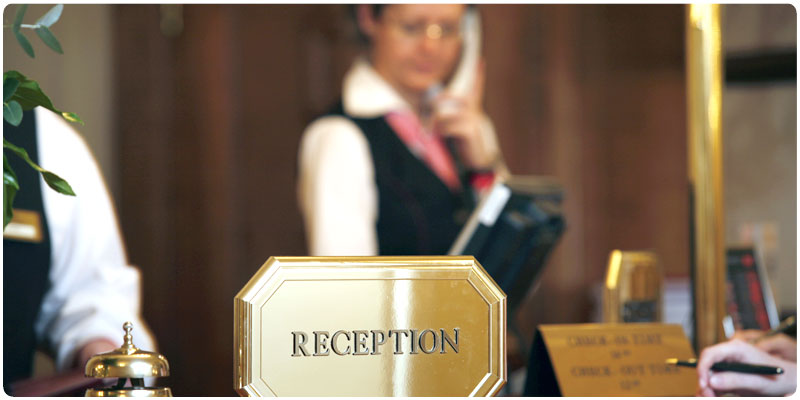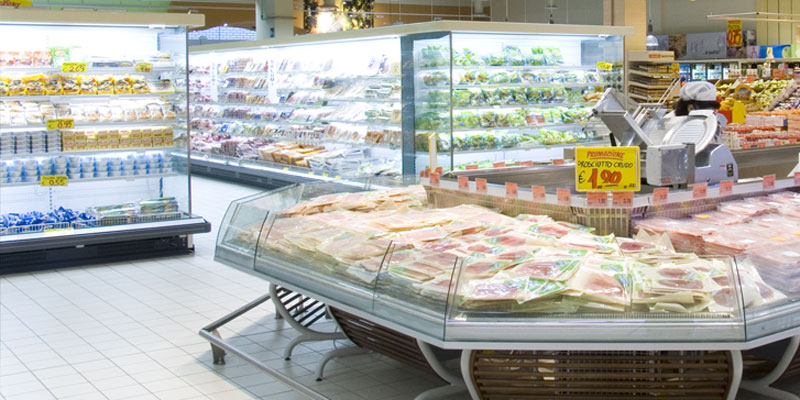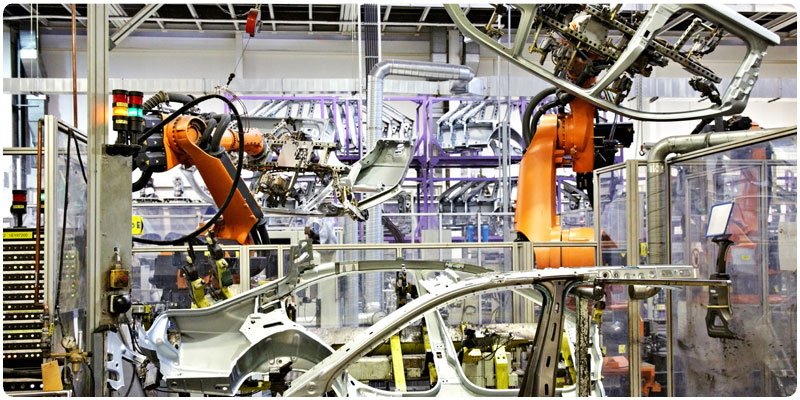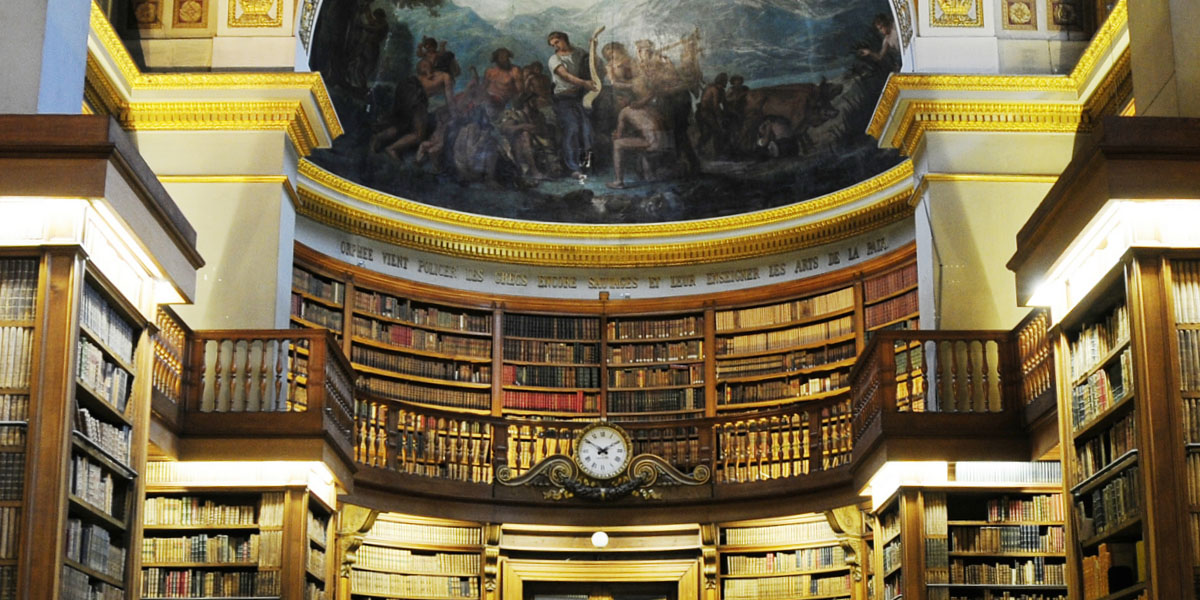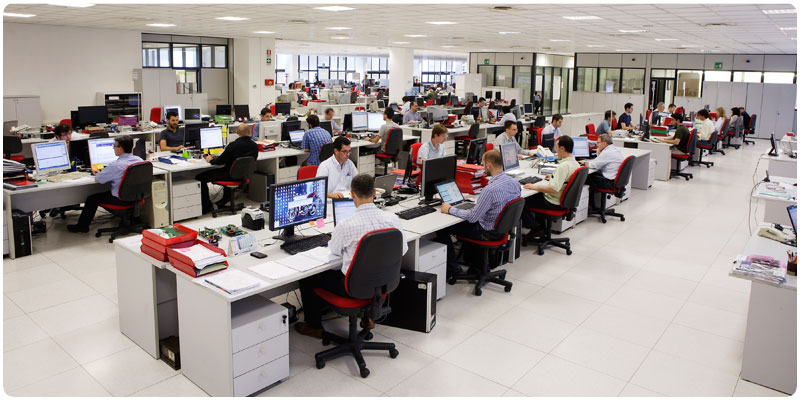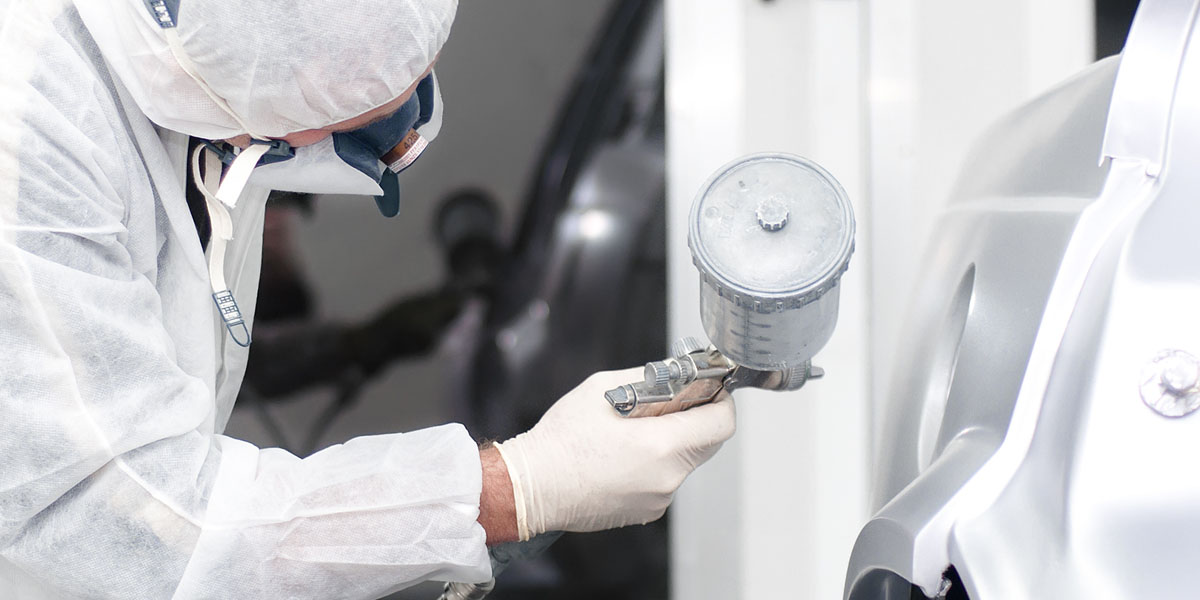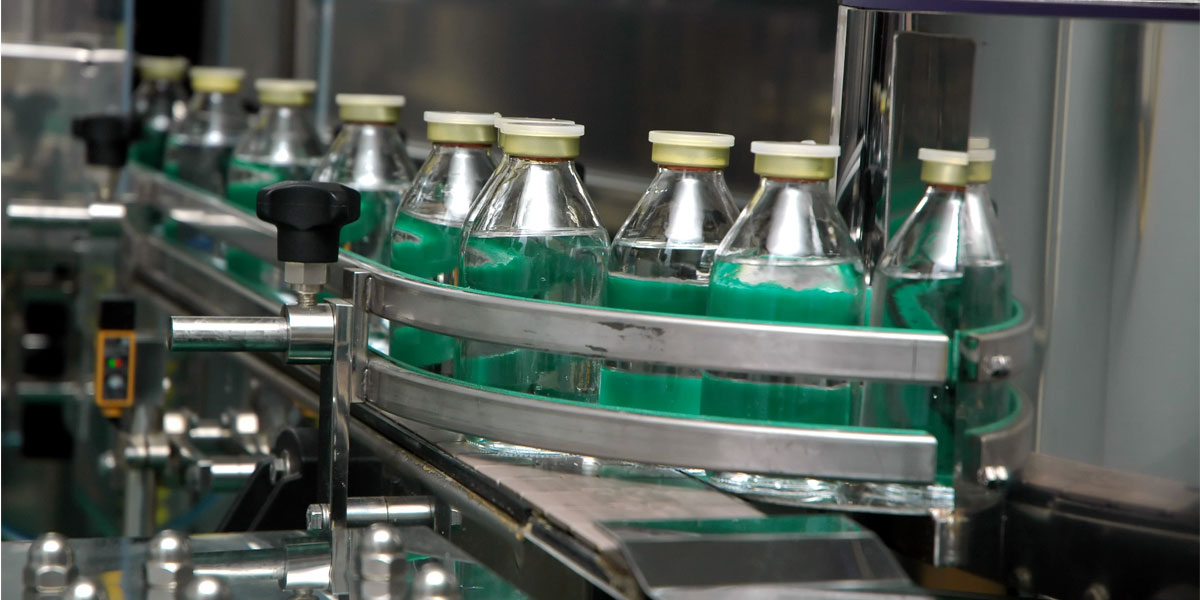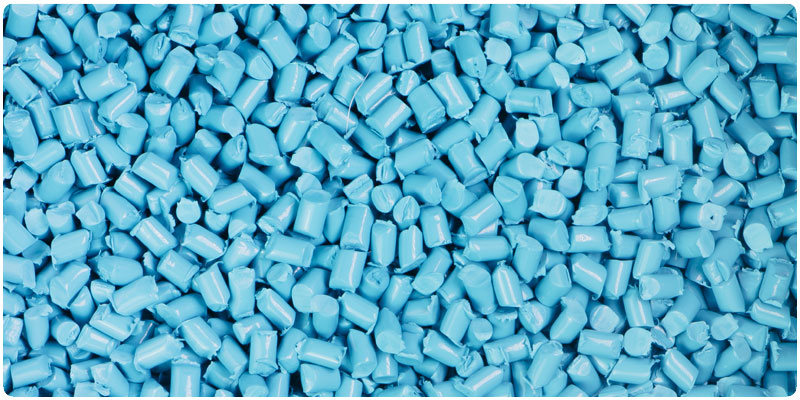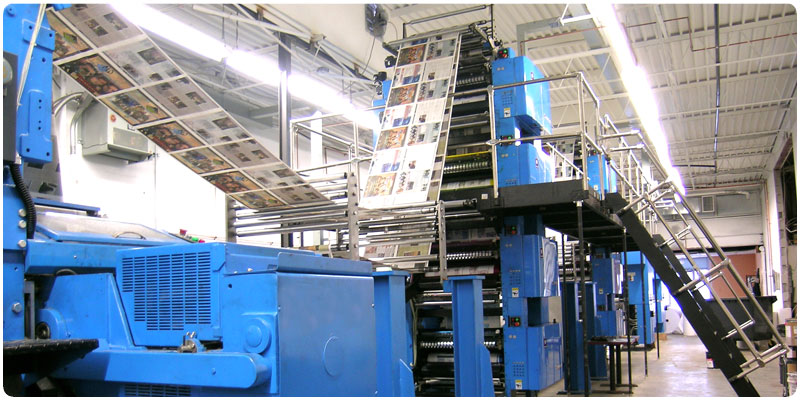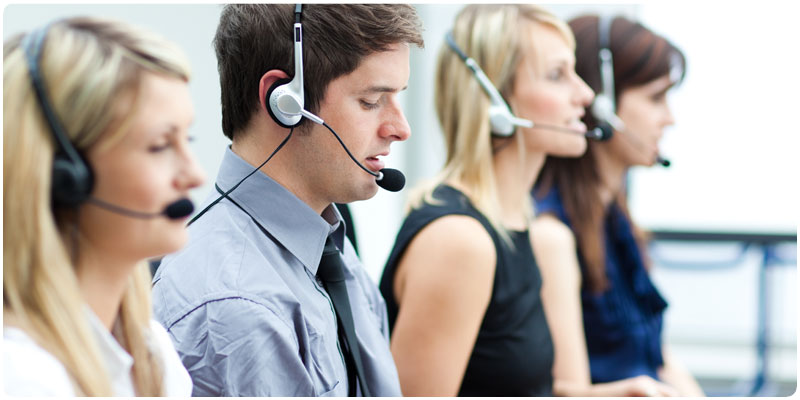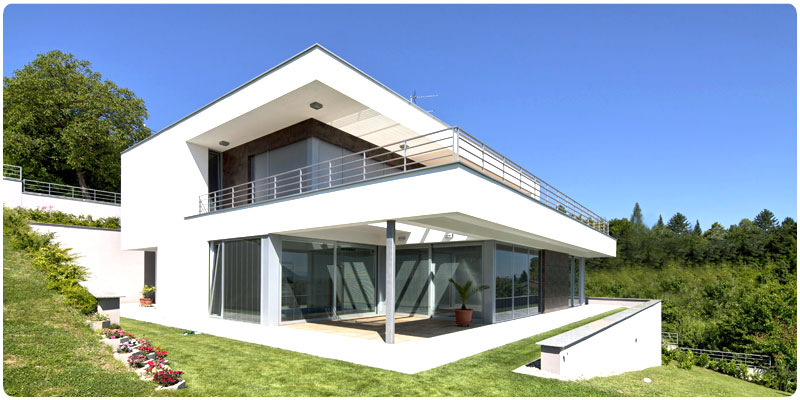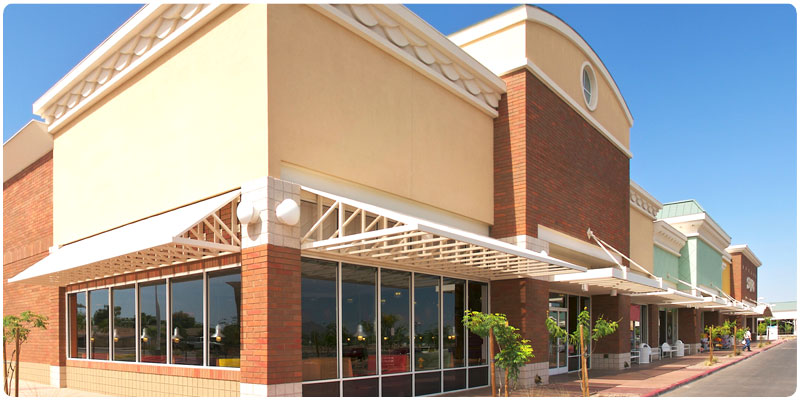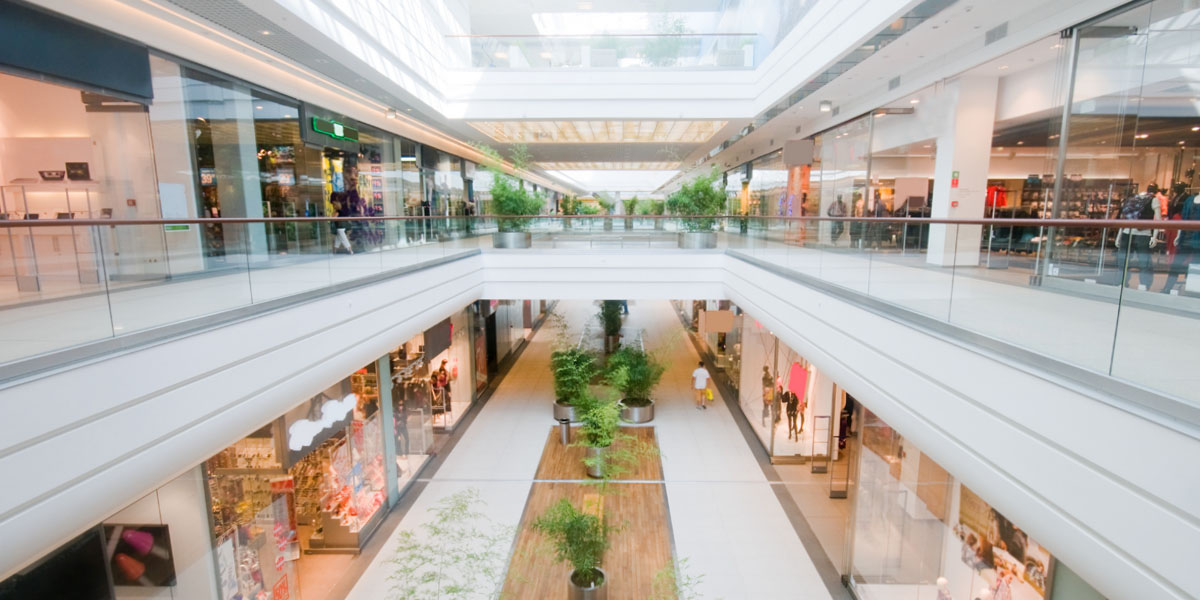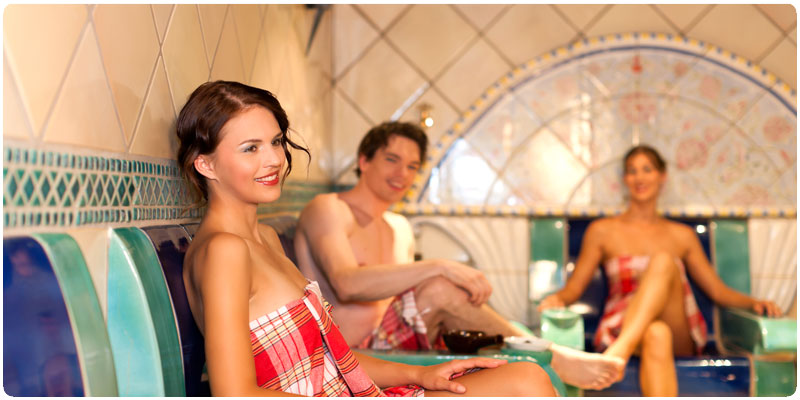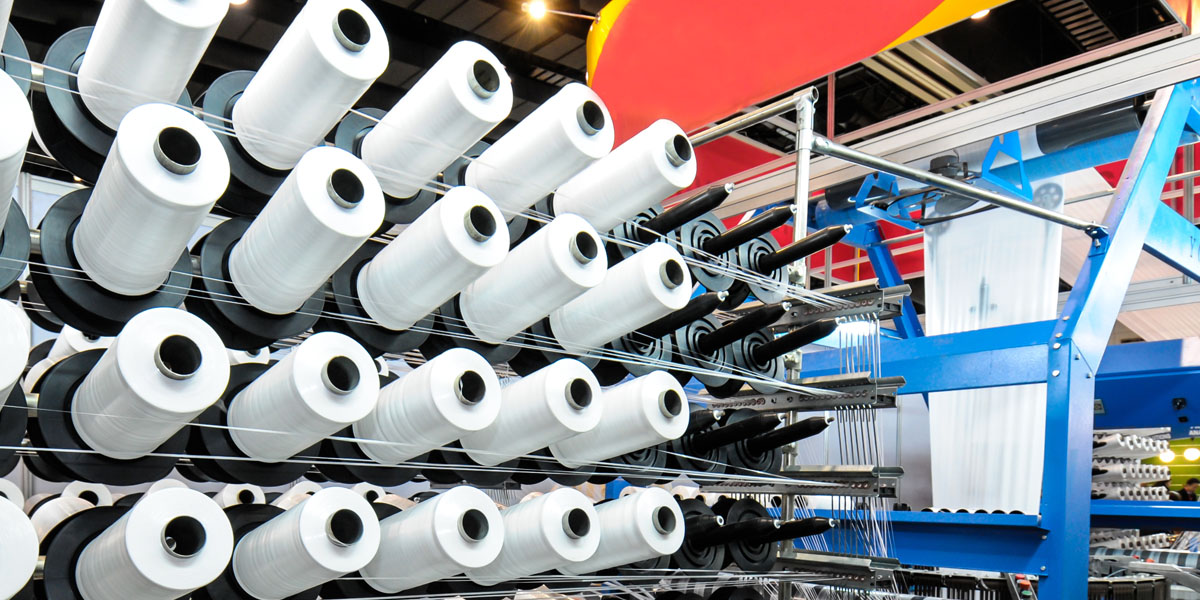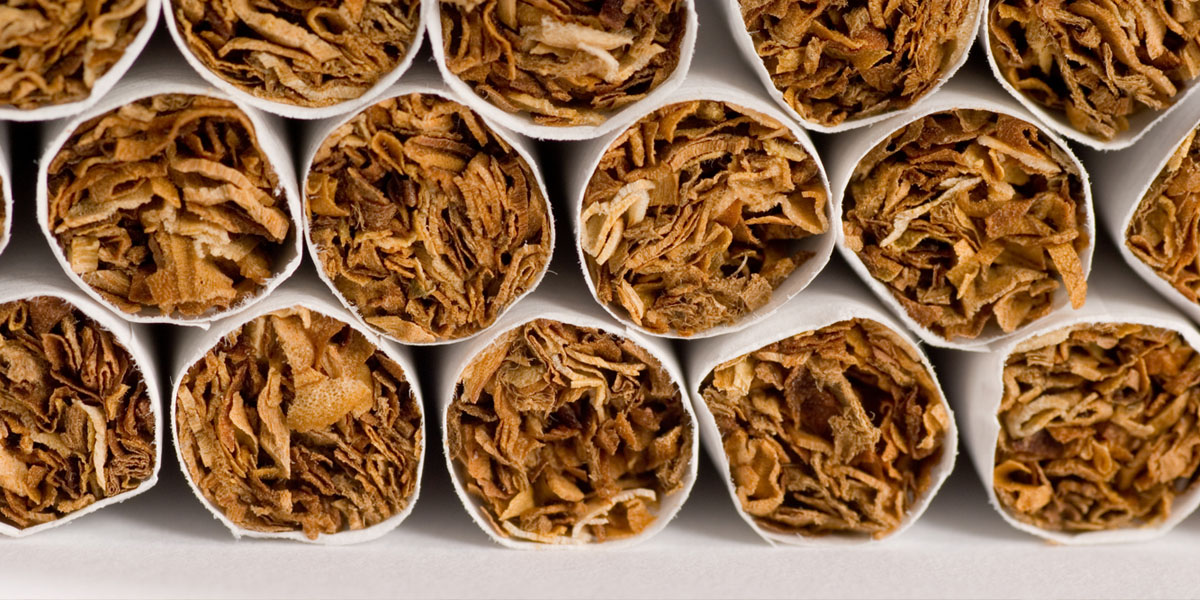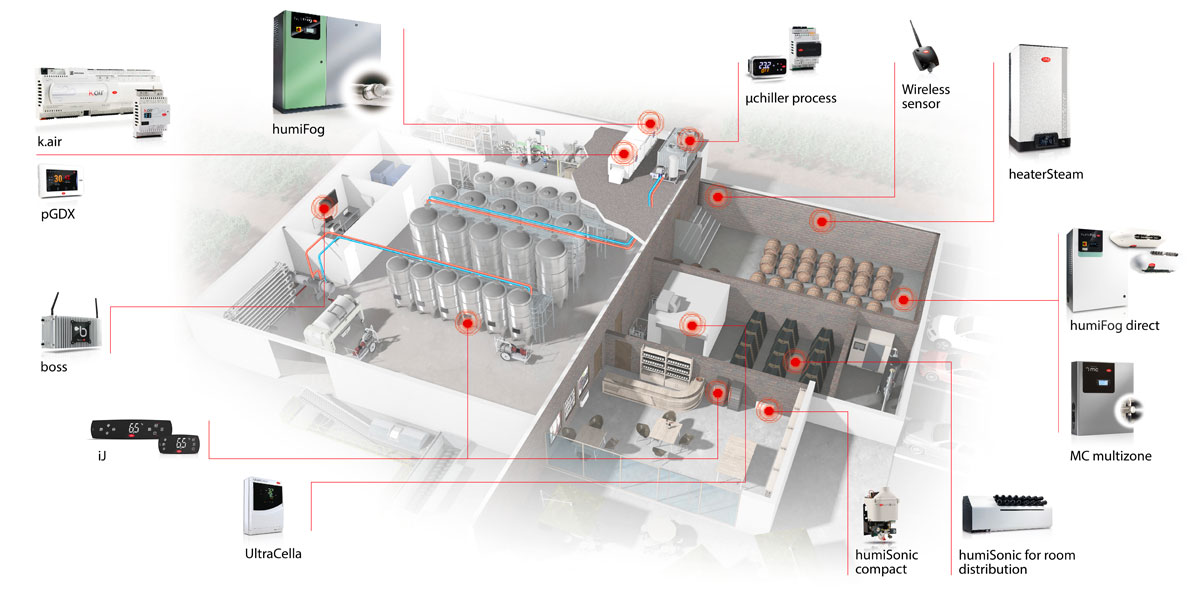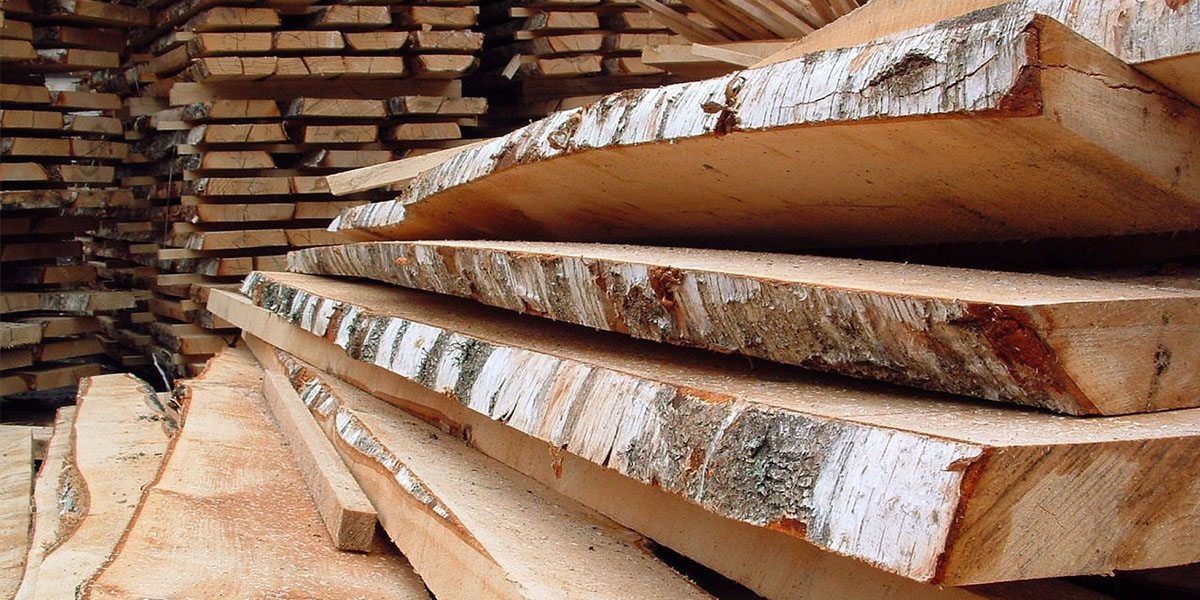Evaporative cooling for AHUs
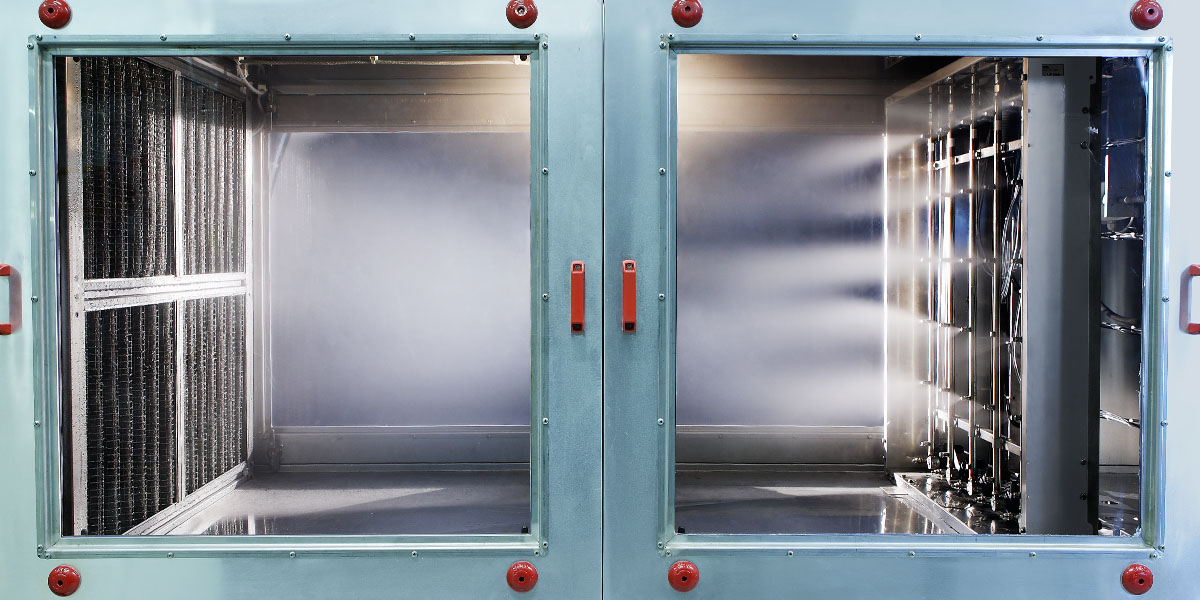
-
General characteristics
Evaporative cooling is a process that exploits the evaporation of water to cool the air: the change in state from liquid to vapour in fact absorbs energy from the air, which consequently is cooled.
Very low energy consumption means evaporative cooling systems are environmentally-friendly, energy saving solutions: 100 kg/h of evaporated water absorbs around 69 kW of heat from the air, for a power consumption of less than 1 kW!
Direct evaporative cooling (DEC) involves cooling and humidifying the fresh air intake on an AHU. This technology is very efficient, especially when the outside air is hot and dry.
If outside humidity is already high, on the other hand, indirect evaporative cooling (IEC) technology can be used. This technique exploits an adiabatic humidifier to cool the exhaust air as much as possible, before this passes through a cross-flow heat exchanger, or run-round coil. This heat recovery unit then cools the fresh incoming air, without affecting its humidity, as the two air streams never mix.
The efficiency of this technology depends considerably on the type of heat exchanger, however easily surpasses 50%.
Equipping an AHU with a DEC and/or IEC system means significant savings in running costs, and allows the cooling coil and the chiller capacity to be sized smaller.
Carel supplies a vast choice of solutions, with a wide range of flow-rates, features and operating modes, both for installation in air ducts and to cool/humidify directly in the air-conditioned spaces.
These are sophisticated and extremely versatile high-efficiency systems that can be used in a wide variety of applications: improving comfort in hotels, offices or hospitals; controlling temperature and humidity in industrial applications to both improve worker comfort and ensure stability of the production process, in particular in industries where the machinery used produces large amounts of heat, such as textiles, timber/wood, tobacco and electronics; or finally to create outdoor cooling systems. -
Plus
Evaporative cooling systems: - Green solutions with a very low environmental impact;
- Energy saving: running costs are drastically reduced;
- Cooling coils and chiller capacity can be sized much lower;
- DEC technology to cool and humidify the air supply on an AHU;
- IEC technology for cooling only, on AHUs with heat recovery.
-
Video



